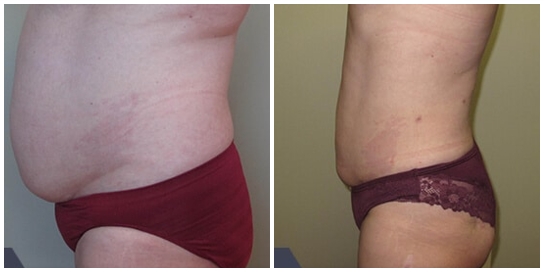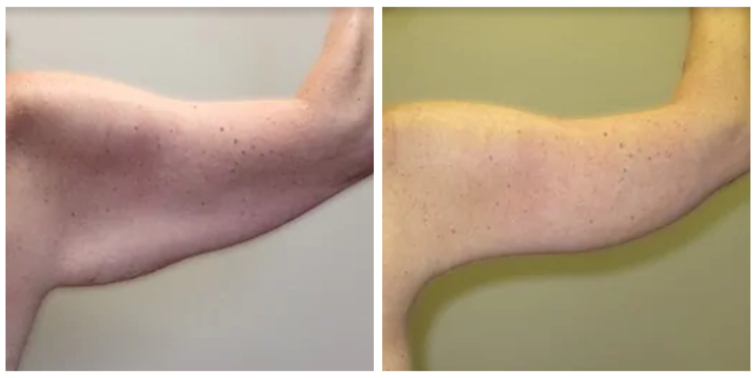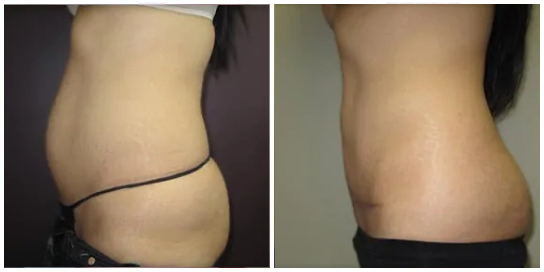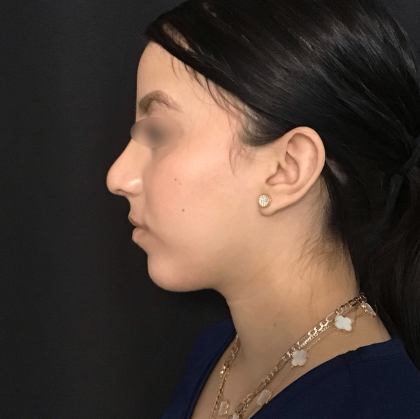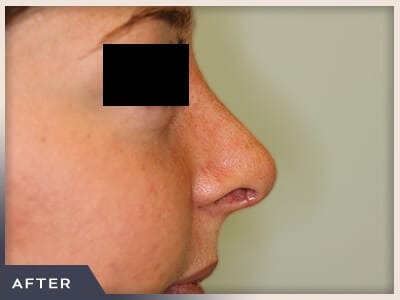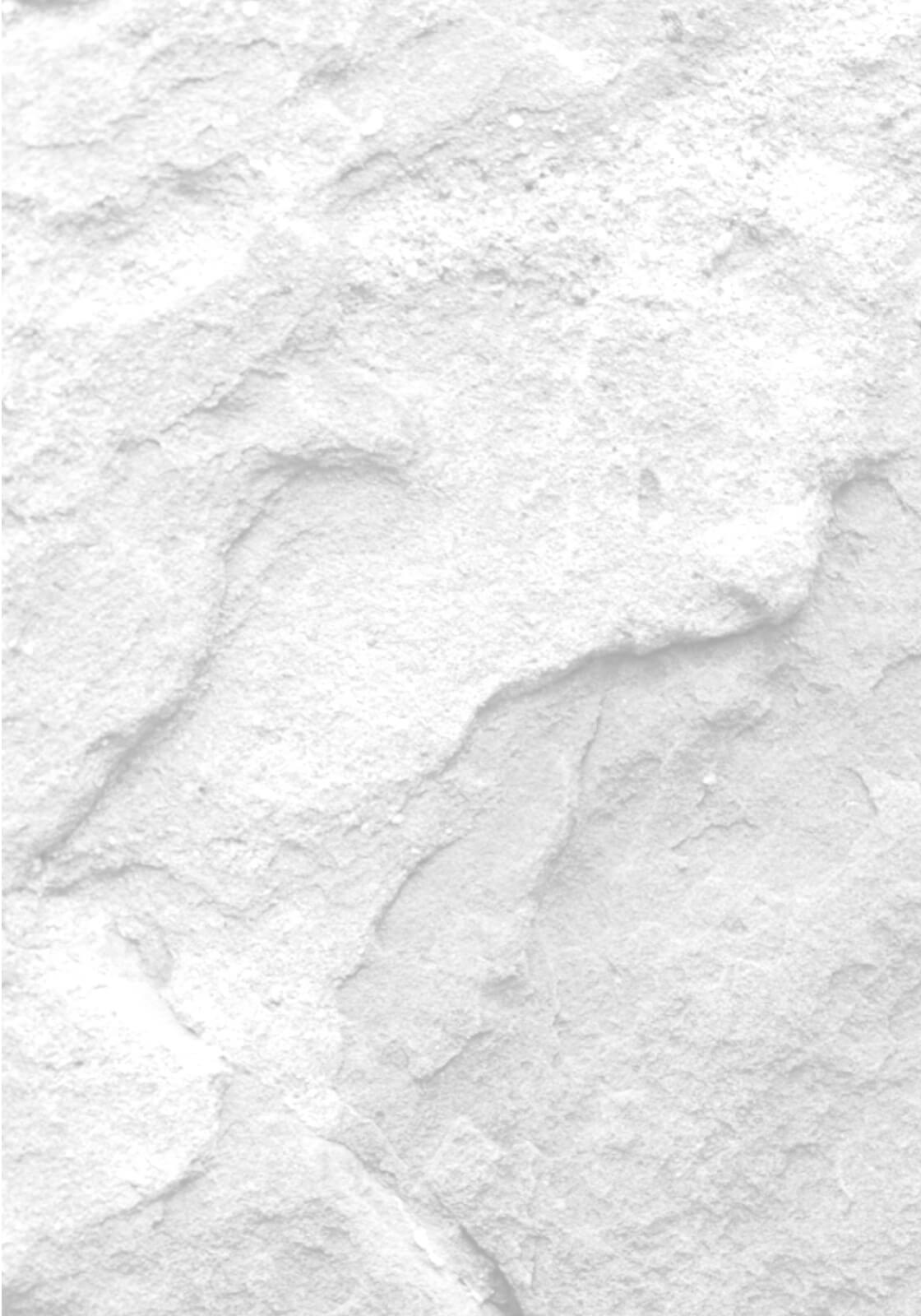Rhinoplasty
Conveniently located to serve the areas of Boulder, CO

Nose surgery or rhinoplasty is a surgical procedure done to correct a prominent, unusual, asymmetric, or irregular nose. It is one of the most commonly performed cosmetic procedures. Rhinoplasty can also be used to correct an undesirable nasal tip or to reshape the span of the nostrils. This surgery can help with your self-image if you are self-conscious about your nose.
Contents
Before and After Photos
Who is a Good Candidate for Rhinoplasty?
Candidates must be in good health, have no active diseases or serious, pre-existing medical conditions, and must have realistic expectations of the outcome of the surgery. In general, rhinoplasty should not take place until after the nose approaches adult size. Usually this is after age 14 for girls, and 15 for boys, since boys tend to have their growth spurt later than girls. Not every teenager who dislikes his or her appearance is a good candidate for rhinoplasty. Many teens will outgrow their dissatisfaction with their nose. Roughly 10% of all rhinoplasties are performed in people younger than nineteen. In adults, the aging process causes skin to lose its elasticity, resulting in a nose becoming longer and drooping. Surgery to elevate the nasal tip may give the patient a younger look.
NOTE: You may not be a candidate for surgery if you smoke, have recently quit smoking, or if you are exposed to second-hand smoke. Primary and secondary smoking decreases blood flow to the body’s tissues. This can result in prolonged wound healing, skin loss, infection, increased scarring, and a number of other complications depending on the kind of procedure performed.
How is the Procedure Performed?
The technique chosen for your surgery will be determined by your anatomy, your surgeon’s preferences and your desired results, which will be discussed during your initial consultation.
The two major techniques
- Closed Rhinoplasty – Closed rhinoplasty does not require an external incision. This does not disturb the tissues as much as the open technique and the patient will heal more quickly.
- Open Rhinoplasty – An incision is made in the skin between the two nostrils (the columella). This technique allows the surgeon to completely visualize the internal structures of the nose and place sutures precisely where they are required. The disadvantage of open rhinoplasty is that the post-operative swelling may take significantly longer to subside. The scar from the procedure is most often quite small and will fade rapidly.
Options to Enhance the Procedure
If you are having breathing problems, they may be improved by a procedure called septoplasty, which corrects defects or deformities of the nasal septum.
Planning for Your Surgery
Communication is vital in reaching your goals. By scheduling a consultation, you will have the opportunity to discuss your goals and the results you’d like to achieve. Your surgeon will work with you to reach an understanding about what you can expect from this procedure and what long-term benefits you will experience. Every patient is different, and your surgeon will choose the surgical technique and treatment plan that is right for you.
During your initial consultation
- Provide a complete medical history. Include information about any previous surgical procedures; past and present medical conditions; and all medications or herbal supplements you are taking.
- Expect your surgeon to examine the structure of your nose and other facial features.
- Be prepared discuss possible risks and complications of the procedure.
Preparing for Your Surgery
You will be given specific instructions on how to prepare for your surgery. A pre-operative information packet will be provided that explains everything you should do and know before your surgery date. Your plastic surgical team will instruct you on how to prepare for surgery, including guidelines on eating and drinking, smoking, and which vitamins and medications should be taken or avoided. You should arrange for someone to drive you home after your surgery, whether your surgery is done on an outpatient or inpatient basis. You may also want to make arrangements for someone to help you out for a day or two after you leave the hospital.
Where Your Surgery Will Be Performed
The majority of these procedures are completed on an out-patient basis. Dr. Roesner has surgical privileges at North Suburban Medical Center, Avista Adventist Hospital as well as St. Anthony Hospital.
Types of Anesthesia
General anesthetic is used so that you will sleep and remain comfortable throughout the procedure. Local anesthesia with intravenous sedation is also an option for some patients.
After Your Surgery
It is very important that you follow your surgeon’s instructions. This will promote healing and improve progress towards your new physical appearance. Also, it is important that you attend all scheduled follow-up appointments so that your surgeon can assess your long-term results and answer any questions or concerns you may have.
Nose Surgery (Rhinoplasty) Post-Operative Instructions
- Have someone drive you home after surgery and help you at home for 1-2 days.
- Get plenty of rest.
- Follow balanced diet.
- Decreased activity may promote constipation, so you may want to add more raw fruit to your diet, and be sure to increase fluid intake.
- Take pain medication as prescribed. Do not take aspirin or any products containing aspirin unless approved by your surgeon.
- Do not drink alcohol when taking pain medications.
- Even when not taking pain medications, no alcohol for 3 weeks as it causes fluid retention.
- If you are taking vitamins with iron, resume these as tolerated.
- Do not smoke, as smoking delays healing and increases the risk of complications.
Activities
- Start walking as soon as possible, this helps to reduce swelling and lowers the chance of blood clots.
- Do not drive until you are no longer taking any pain medications (narcotics).
- Return to work in 1-2 weeks.
- Avoid strenuous activities or any activity that increases your blood pressure for 2-3 weeks.
- Avoid body contact sports, hitting or rubbing your nose, and sunburn for 2 months.
Incision Care
- Avoid exposing scars to sun for at least 12 months.
- Always use a strong sunblock, if sun exposure is unavoidable (SPF 30 or greater).
- Keep steri-strips on.
- Keep incisions clean and inspect daily for signs of infection.
- Stay in bed with your head elevated (except for going to the bathroom) for the first day.
- Cold compresses will reduce swelling.
- Do not shampoo your hair until nose splint is removed, or ask for special instructions.
- Avoid blowing your nose for 1 week.
- Be gentle when washing your face and hair or using cosmetics.
- Do not use facial makeup on external incisions until advised by surgeon.
- Contact lenses can be worn as soon as you feel like it, but glasses cannot be worn until your nose is completely healed (approximately 2 months). After your nose splint is removed, tape your glasses to your forehead or prop them on your cheeks until completely healed.
What To Expect
- You may be up and about in 2 days, but it will be several weeks before you are entirely up to speed.
- Feeling depressed is normal.
- After surgery, particularly during the first 24 hours, your face will feel puffy.
- A small amount of bleeding is common during the first few days.
- A splint is applied immediately after surgery for 7 days. Nasal packs may also be used.
- Minimal postoperative pain.
- Your nose may ache and you may have a dull headache.
- Temporary swelling and bruising around eyes and nose will increase at first and peak after 2 or 3 days. Most swelling and bruising should disappear within 2 weeks.
- Some subtle swelling (noticeable only to you) will remain for several months.
- Healing is a slow and gradual process.
- Some numbness may be present around the operative areas.
- Black eyes and swollen nose and eyelids for 7-14 days.
- You may experience some discomfort with breathing.
- Swollen nasal tissues may cause nose to seem “stuffed up” for several weeks.
Appearance
- New nose looks better in 2-3 weeks and usually continues to improve for many months.
- Nasal tip drops to its position in 3-6 months.
- Final results may not be apparent for a year or more.
Follow-Up Care
- If you have nasal packing, it will be removed after a few days.
- If nostrils are narrowed, sutures are removed in 3 days. All other sutures either dissolve or are removed within 14 days.
- Frequent follow-up visits should be scheduled.
When To Call
- If you have increased swelling or bruising.
- If swelling and redness persist after a few days.
- If you have increased redness along the incision.
- If you have severe or increased pain not relieved by medication.
- If you have any side effects to medications; such as, rash, nausea, headache, vomiting.
- If you have an oral temperature over 100.4 degrees.
- If you have any yellowish or greenish drainage from the incisions or notice a foul odor.
- If you have bleeding from the incisions that is difficult to control with light pressure.
- If you have loss of feeling or motion.
- If you have a nosebleed or any unusual symptoms.
Schedule your Appointment
And Meet Directly With Dr. Roesner to Discuss a Treatment plan to meet your Aesthetic and Skincare Goals.
Schedule AppointmentConsult fee is $100 – which will be applied to the cost of the procedure
(If scheduled within 90 days).
